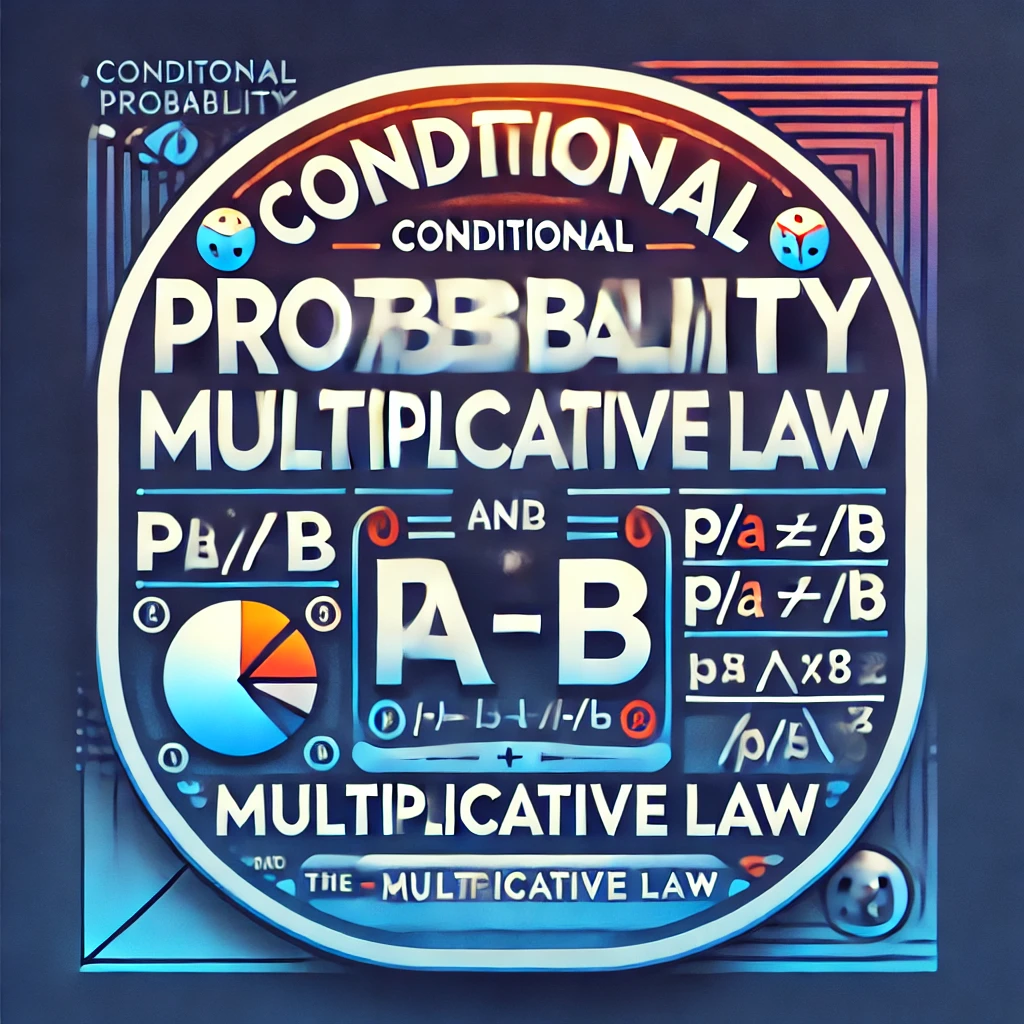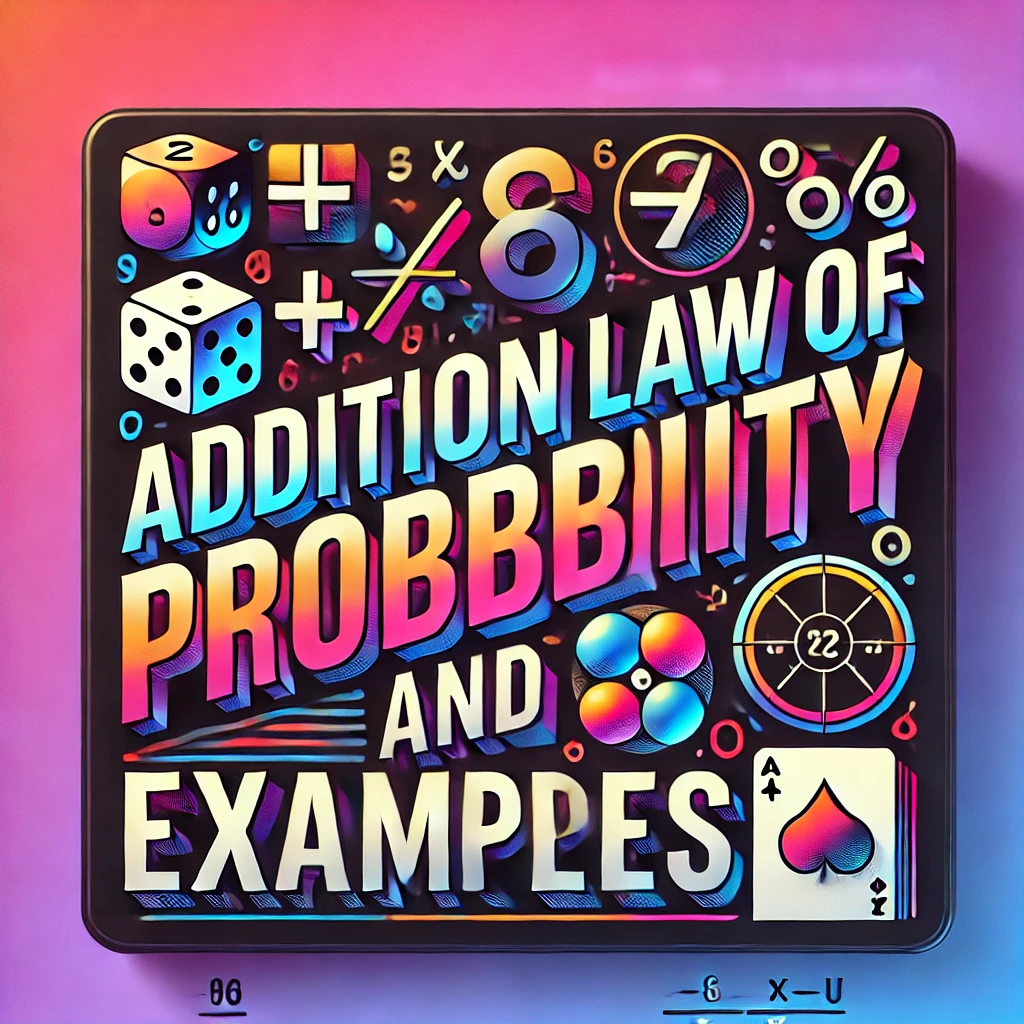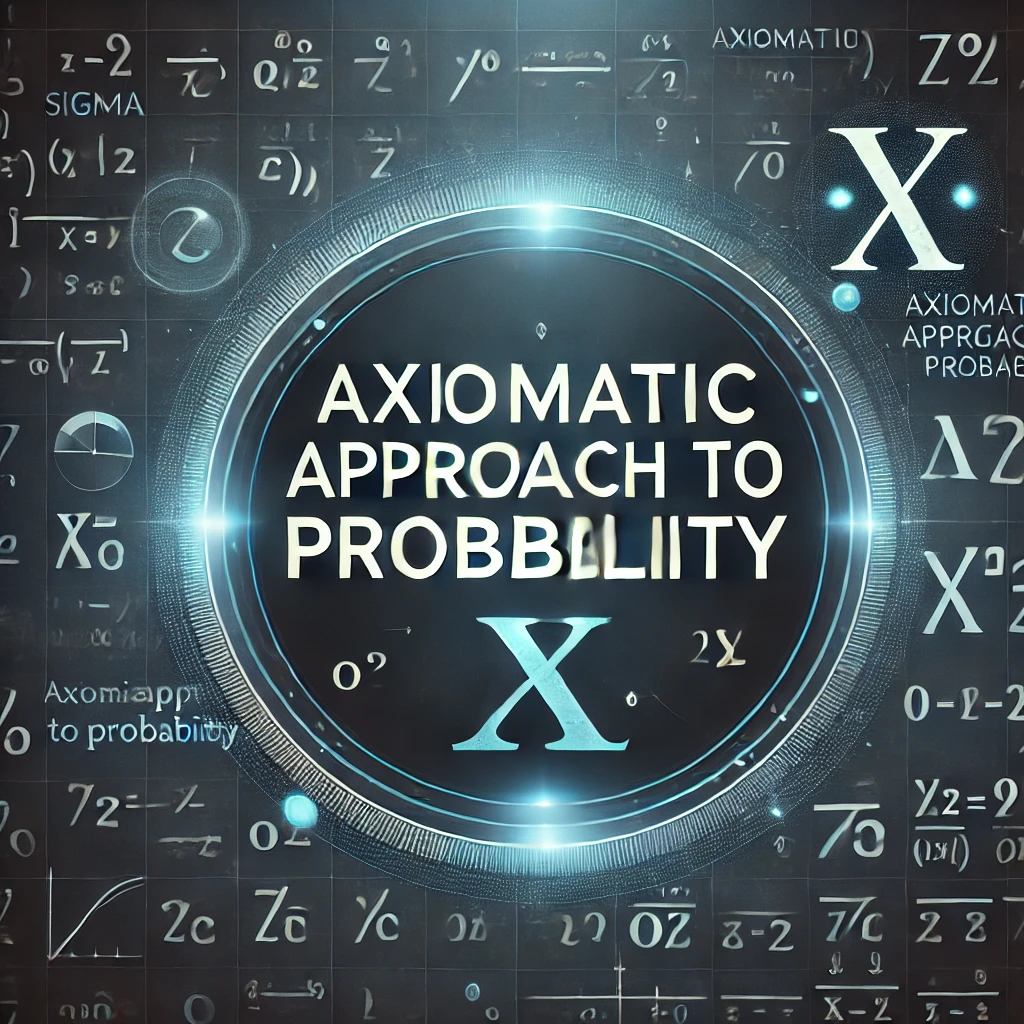Some Questions Based on Discrete Probability Distributions
Some Questions Based on Discrete Probability Distributions Data Science and A.I. Lecture Series Problem 1 2 bad articles are mixed with 5 good ones. Find the probability distribution of the number of bad articles if 2 articles are drawn at random. Let \( X \) be the number of bad articles drawn. Possible values: […]
Some Questions Based on Discrete Probability Distributions Read More »




